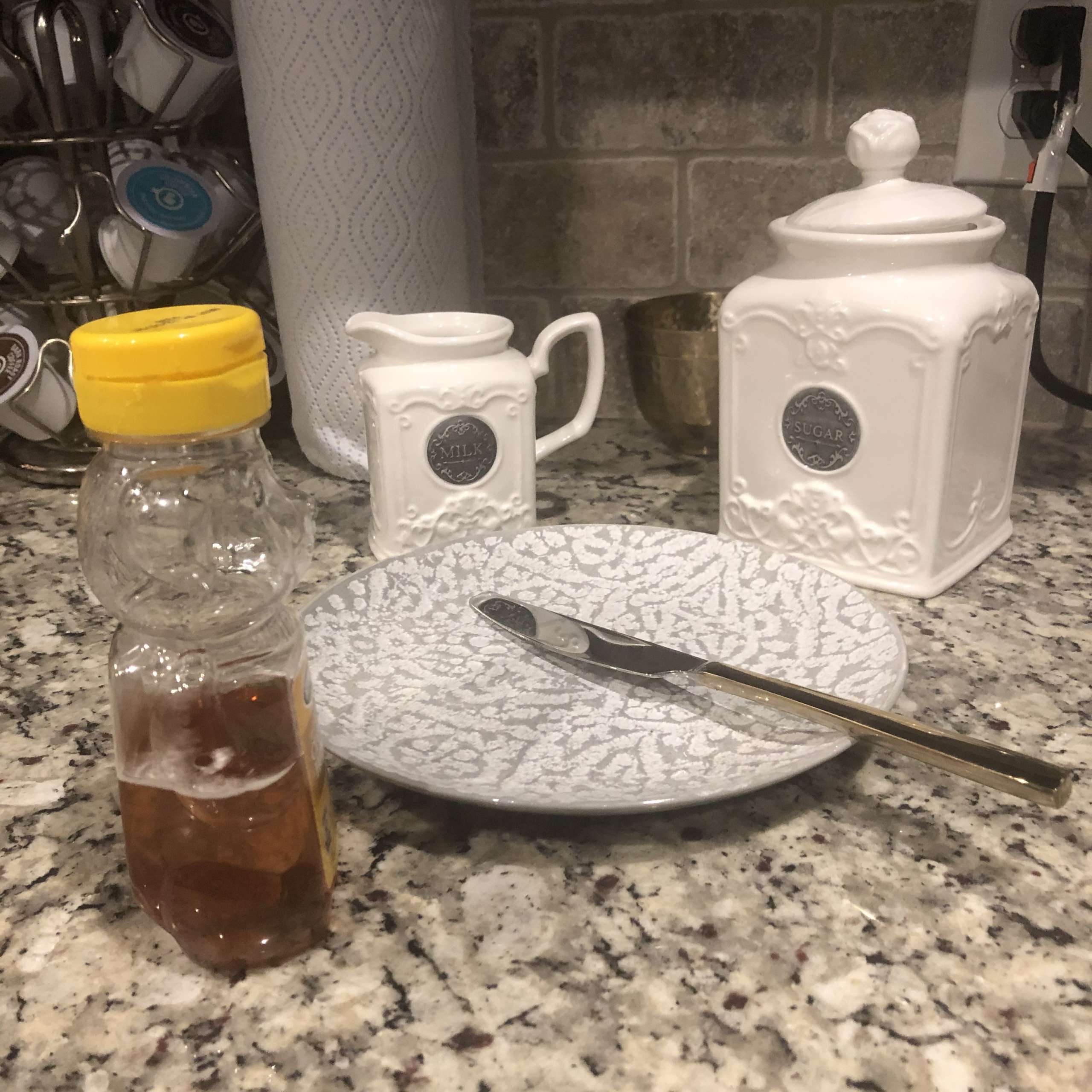Everyday, people use honey to sweeten tea or coffee, in a recipe, or spread on bread. But, in order to make this honey, it takes a lot of work from our bee friends. A single pound of honey takes the nectar from over two million flowers and over 55,000 miles of flying. Yet many have wondered how bees make honey? Honey is made by storing and regurgitating nectar in a second stomach in the bee.
Bees are foragers by nature. They comb the countryside looking for flowers that they can harvest nectar from. Nectar is a very sugary liquid produced by flowers in glands in flower portions of the plant. Flowers produce this substance in order to attract animals and insects which cross pollinate these plants. This cross pollination process allows plants to widen their gene pool. Plants that are miles apart can share pollination with the help of bees and other insects.
BUT… WHAT ABOUT THE HONEY
When a bee finds a suitable flower, it uses its straw like mouth to suck out the nectar from the flower. The nectar consists largely of sucrose (table sugar) and water. The nectar is deposited in the bee’s crop, or honey stomach, for transport. This stomach does not digest the nectar for food, but it does add enzymes to the nectar. These enzymes, known as invertase, break down the complex sucrose to fructose (fruit sugars) and glucose (digestible simple sugars).
Once the bee has collected enough nectar to fill its crop, the bee will return to the hive. Here, it will regurgitate the nectar into the crop of several worker (or processor) bees. These bees will use the nectar to feed the young in the hive. The leftovers are then stored in hexagonal structures called honeycomb. As bees consume honey, they have glands that transform the sugars in honey into a waxy substance that they secrete. They then chew the wax, adding pollen and more honey to it to create the structural wax used to make honeycomb and cap each comb.
TOO MUCH WATER
The one problem with nectar is that it has a lot of water in it. This water mixed with sugars makes it a desirable place for bacteria and fungus to grow. In order to store the nectar without allowing the molds, fungus and bacteria to grow, the bees must remove the water. They start by moving the nectar around in their mouth parts. This exposes the nectar to air, allowing some of the water to evaporate. Then the worker bees deposit the rest of the nectar into the honeycomb.
Before capping the comb off, more water has to be removed from the nectar. Other worker bees begin to flap their wings, fanning the exposed nectar. This causes more water to leave the nectar. Eventually, enough water is removed to form the sticky substance that we know as honey. Once this process is complete, worker bees use more wax to cover the honeycomb. This cover must be airtight, or moisture from the air will enter the honey, allowing fungus the water needed to grow and spoil the honey.
EXTRA INFORMATION ABOUT HONEY
There are many different types of honey. These types differ according to the plants which supplied the nectar. Different plants produce different tasting honeys that can also vary color, consistency, and use. Some honeys are better used for baking, some for table use, and some for both. Light and dark colors, and super thick textures to thin watery ones make honey very versatile.
It is not recommended that young children and babies consume honey. Why is this? Often the botulism spores in honey can be activated when mixed with the natural water contained in someones digestive system. Children under the age of one often do not have the immune system built up to combat this fungal infection yet.
If you are in need of an exterminator for pest control, or want to know more about how bees make honey, feel free to Contact Us here at TermMax Pest Control. We’re here to help!


